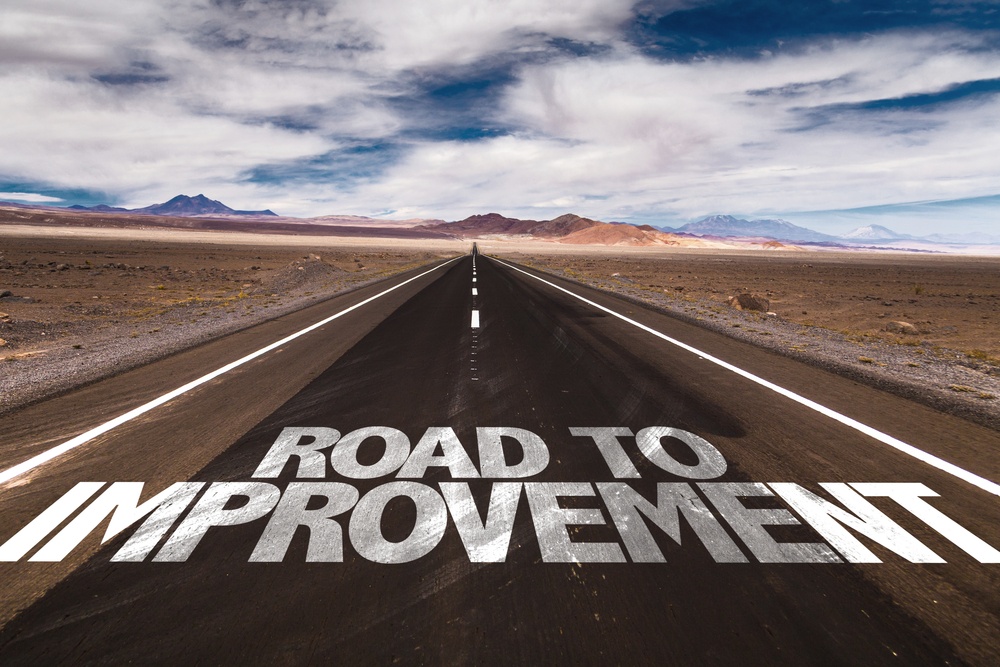

Procedural documentation is a key element to evaluating the efficiency of operational processes, supporting consistency of performance, staff training and evaluation, and business recovery. Coupled with process mapping, having written procedures that define the purpose and objectives and provide clear step-by-step instructions of a process is a key element to a strong operation.
1. Determine your audience
The first step is to define your audience – are the procedures intended for persons experienced in the operational area who can step into a process with little specific instruction or for persons who have no familiarity at all? This will help determine how detailed the documentation should be.
2. Determine which process and procedures to document
Not all processes need be documented the same way or at all. Depending on the audience and critical nature of a process, consider different forms of documentation. For example, creating a high-level process map which pictorially demonstrates a key process may be sufficient for the audience to understand the “big picture” process goal. Sub-processes that are unique and/or have special instructions that cannot be logically deduced will require more step-by-step details
3. Define process purpose and goals
In each documentation, provide a brief overview that provides some context to the process purpose as well as specific qualitative and measurable goals. For example, consider adding a paragraph at the beginning of your procedural document which explains what the process is for, why it is important, how it impacts the organization, and what factors are critical for measuring process success (e.g. accuracy, confidentiality, turn-around times, etc.).
4. Be as specific as necessary
Depending on the audience, critical natures, and specificity of the process and procedures, be sure to document each step in as much detail as necessary. For example, if the process includes using a specific system application, include steps for opening up the application, how to navigate to the applicable screen, what data to enter or functions to select, etc. Screenshots are invaluable and should be included along with the written instructions. Think through the process from beginning to end and be sure to document in such a way that your intended audience could reperform according to the process goal and objectives.
5. Periodically test and update the documentation
Processes and procedures change over time and so should your documentation. Find occasions to test the procedures out to ensure that they still serve the intended audience and purpose. Be sure to add date and time-stamp information to the document to record update history.
Process documentation can seem overwhelming and time consuming, but it is an invaluable tool for making sure that your operations run smoothly and in perpetuity.
6. Create a process map
Process mapping is the documentation of process steps in flowchart format. The value of mapping out a process is that it clearly illustrates controls, risks and areas for improvement. Accompanied with written step by step procedures, it also provides valuable resource material for staff training, audit support and business recovery. As the saying goes “a picture is worth a thousand words!”
One need not be an expert in flowcharting to create a process map (see Illustrationfor example) – it can be created in Word, Excel, or even using pen on paper. Using consistent symbols is advised, for example using a rectangle to depict a process, a square to depict a document, and an arrow to depict flow from one step to another. These are enough tools to get you started. The key is to start thinking about each step in the process and plotting it visually.
Once you start the mapping process, start identifying any risk areas or weaknesses. For example, this may include steps that do not allow for segregation of duties or adequate control over accuracy. Steps may be manual or duplicative that may be better automated. You may find that the steps do not factor in controls to ensure that qualitative process objectives are met, such as timeliness or completeness.

The Reward for Your Efforts…
Documenting the step-by-step procedures of the process, along with some basic process mapping, provides clear instruction, reference material, and training support. In addition, working with your team on each step in the process often reveals alternative or “work-around” steps that management may be unaware of. It also gives your staff an opportunity to voice suggestions for improvement and take more ownership over the process goals. In the end, you will have a detailed library of instructions of key processes that can be used as a starting point for continuous improvement.
Our consulting and support team consists of senior consultants, of whom many are CPAs and MBAs. With over 10+ years of business experience, our efforts are dedicated to establishing a long-term partnership with our clients that will contribute to the organization’s on-going success. Contact us if you have questions around improving your operations’ efficiencies. Equation Technologies can assist you by providing the following services:Business Process Review, Business Process Enhancement, Business Process Reengineering, Business Process Documentation, and Business Process Recovery. Each of these services can be provided separately or as a cohesive solution.
Equation Technologies
United States: 533 2nd Street Encinitas, CA 92024
Canada: #301 - 220 Brew Street Port Moody, BC V3H 0H6
Phone: 866.436.3530 • E-mail: info@equationtech.us
Equation Technologies ©2016